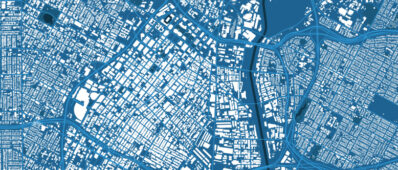Abstract
Driverless (or fully-automated) vehicles (AVs) are expected to fundamentally change how individuals and households travel and how vehicles interact with roadway infrastructure. Privately-owned AVs (PAVs), when operated within households, offer travel options that distinguish them from conventional vehicles (CVs), such as remote parking, returning home to park, and serving other household members. These options—available through deadheading—can lead to an increase in vehicle miles traveled (VMT). The goals of this dissertation are to (i) explore the expected travel patterns of PAVs, (ii) analyze their impacts on transportation system performance, and (iii) propose design and policy changes to mitigate the negative impacts of PAVs and leverage their benefits.In this context, this dissertation presents three models and corresponding case studies. First, I propose a parking assignment model to analyze the impact of PAV parking behavior on travel patterns and parking facility demand and performance. The case study finds that significant VMT increases occur due to PAVs traveling to remote parking locations after dropping off travelers at activity locations, and that balancing fees and capacities of parking spaces can reduce the extra VMT. Second, I introduce a new policy and infrastructure system aimed at reducing VMT that is similar to a park-and-ride (PNR) system. Instead of traditional fixed-route transit, my proposed system includes transfer stations where travelers can switch from their PAVs to on-demand, door-to-door shared-use AVs (SAVs) that enhance traveler convenience and service reliability. By optimizing transfer station locations, the case study demonstrates significant reductions in both VMT and vehicle hours traveled (VHT) within the region. Third, I extend the routing and scheduling of PAVs to the decision-making process within households. I introduce the Household Activity Pattern Problem with AV-enabled Intermodal Trips (HAPP-AV-IT) that incorporates SAV, public transit, and transit-based intermodal travel options. The case study results reveal that travelers are likely to choose long deadheading options, such as returning home, to optimize household vehicle operations. The model also demonstrates that intermodal trips can reduce both the household’s travel distance and overall travel costs. Although the precise performance of AVs on road networks remains uncertain, the findings of this dissertation suggest that additional VMT from PAV deadheading could negatively affect transportation systems. As we move closer to the era of widespread AV adoption, it becomes increasingly important for planners and researchers to develop policies and infrastructure systems that reduce PAV deadheading miles. The methodological advancements and practical insights presented in this dissertation provide a strong foundation for addressing these challenges and preparing for the transformative impact of AVs.


